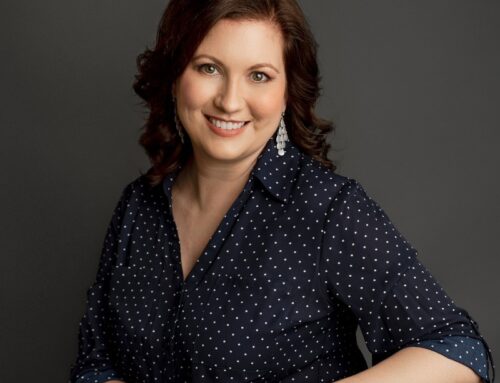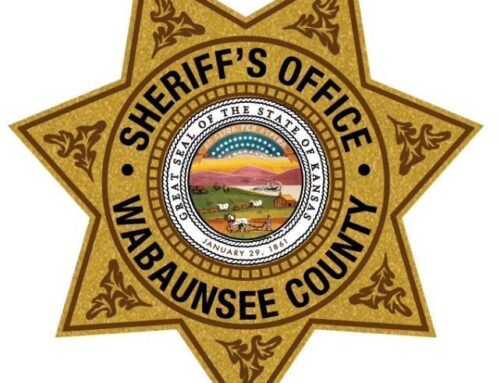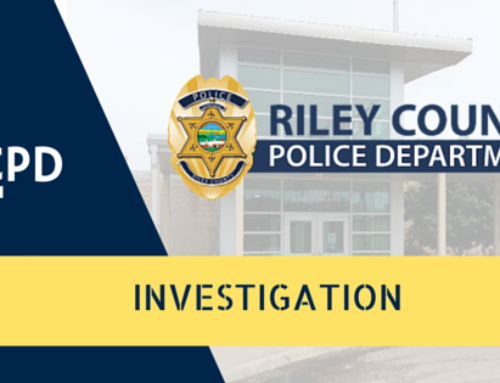Large volumes of mis- and disinformation in social media is an inherent structural flaw according to sociologist Mark Smith, one which he says requires the development of new technologies to address.
“When Henry Ford rolled out the Model T — it was a car and it did car things, you could get in it and drive it and it would take you places,” Smith says. “But it was flawed. It was not done and he didn’t know it; he did not have an airbag, he did not have safety belts.
“For many of us, social media really started somewhere in the 2000s, maybe 2006-2007 when Facebook comes around. So this is a new technology and it doesn’t have airbags yet, it doesn’t have safety belts yet, and what would those things look like?”
Dr. Smith was the speaker for the 2022 Huck Boyd Spring Lecture in Community Media Monday, the kick-off of the K-State A.Q. Miller School of Journalism and Mass Communication’s inaugural social media week. Smith is the co-founder and director of the Social Media Research Foundation, which supports scholarship in the area and has developed the NodeXL software for that purpose.
Smith’s lecture was focused on the use of ‘network analysis to identify polarization, reduce misinformation and improve social media.’ Smith says in the marketplace of ideas, social media can be seen as a stock market with an ever-growing equity of ‘low-quality’ information.
“If you have ever seen information in social media and thought to yourself ‘I wonder if that’s true,’ then you’ve experienced this process of low-quality information flooding the marketplace of ideas.
“There are a lot of ideas competing for attention and they’re not all valid, and so we are now facing these issues of disinformation,” Smith says. “Increasingly the desire is to build tools that would actually map and measure social media to give us a view of social media that is more like the view that, let’s say, financial accountants have in marketplaces of financial products.”
Smith says Network Theory provides a framework through which this work can occur, analyzing the digital connections between individuals on social media in order to identify how information flows in various circles and which users exert relative influence over others. Through tools like NodeXL, social media researchers can create images or maps of these online social groups.
“When you take all of these connections, you create a collection of connections,” says Smith. “What you get is a structure, you get a shape; there’s a structure to the crowd.”
Smith made a comparison to the murmuration of starling birds, though ultimately says it falls short due to the fact that unlike starlings, humans do not hold equal power with one another in social groups. Smith says that remains true on social media as well, which he says is not very social at all despite its branding.
“What we see in the data is that the overwhelming majority of connections to somebody never get reciprocated,” Smith says. “It’s almost always from one person to another, and then that person 99 percent of the time does not reply.”
“It’s a broadcast medium; it’s more like radio, it’s more like television.”
Smith says six basic shapes of online networks have been identified in research so far, from the polarized and the influencer-centric hub-and-spoke patterns to the ‘rare’ and ‘precious’ examples of true community.
“So what we do in NodeXL is to provide this big data pipeline [to]collect your data, analyze your data, visualize your data in a way that meshes network theory and content analysis and visualization to be a kind of Polaroid camera for virtual crowds.”
With an imbalance of reach in the marketplace of ideas, Smith says he and the SMRF have explored tools to better analyze social media interaction. Using NodeXL, researchers have been able to identify from where — or rather, whom — messages originate on social media. Something found was that a relatively few number of accounts can be the source of large sums of highly visible misinformation on platforms like Twitter.
“There is the very famous statement by Daniel Patrick Moynihan that everyone is entitled to his own opinion, but not his own facts,” says Smith. “It turns out that Mr. Moynihan was incorrect, that was his opinion and everybody is entitled to their own facts and there is no way to convince people that they’re wrong.”
The social media research tool can analyze a large corpus of social media data such as Tweets, collected through application programming interface (API) features built into the platform. With the information in those posts, researchers can learn which users are most influential in spreading false information.
“So this is intended to become a tool that will allow us to address this phenomenon,” says Smith. “It is no longer the case that people just look for information from high-quality sources and they accept that information, they look for information from the sources they feel are ideologically valid for them and then they form clusters around these different ideological clusters.”
In light of these findings, Smith says part of the SMRF’s work has been suggesting remedies to the sociological concern. In addition to mapping and analyzing social media networks and identifying providers of low-quality information, there exists the possibility that the public could ask for change in the social media industry.
“One observation we make is that all the social media platforms seem to only have a gas pedal,” he says. “They only have an accelerator, they don’t have a brake.
“What would a brake look like? […] It might let us do things like address who will be our editor, an editor might be somebody who acts as a filter for us. So we need to develop better tools for the detection of disinformation.”
The event was followed by a panel discussion hosted by the JMC. You can learn more about Dr. Smith at the SMRF website here.
The post Smith talks social media evolution and polarization in ’22 Huck Boyd Spring Lecture appeared first on News Radio KMAN.







